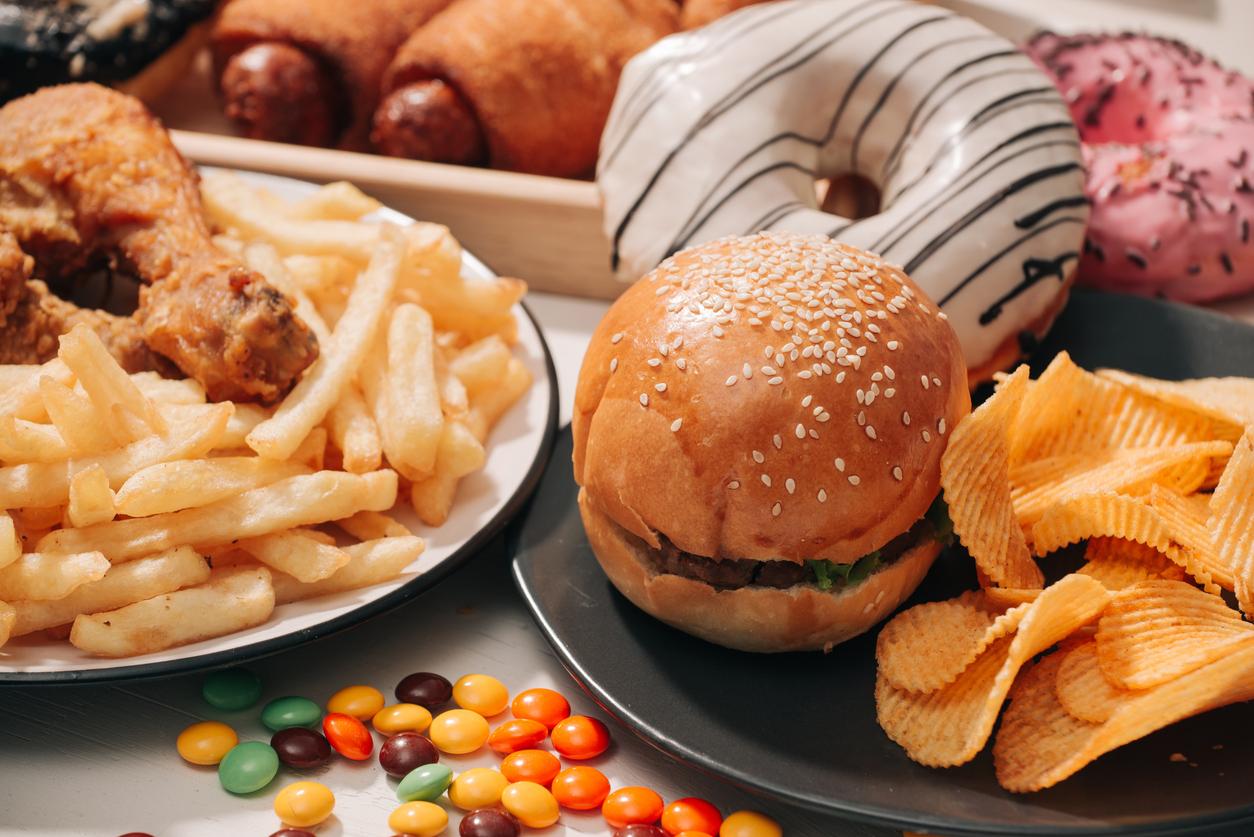Published this Monday, October 6 in the scientific journal JAMA Pediatrics, a new study conducted in the United States and Canada reveals that prenatal exposure to Bisphenol A (BPA) is associated with pulmonary symptoms related toasthma, such as coughing and wheezing.
The researchers followed 398 mother-child pairs. They assessed the level of BPA exposure by taking two urine samples from the pregnant woman first, and annual samples from the children later.
The level of BPA eliminated in the urine is indeed a good indicator of the level initially ingested and of the passage of the substance into the blood.
More harmful exposure in utero
During the first 5 years of children exposed in utero, scientists evaluated their maximum expiratory volume in one second (or FEV1), in order to measure the pulmonary functions of the children. They then compared the results obtained to the levels of BPA ingested.
The research team then found that for every 10-fold increase in the concentration of BPA in theurine of the mother during pregnancy, the maximum expiratory volume of the child at 4 years was less than 14.2% of the volume usually observed.
In addition, every 10-fold increase in maternal urinary BPA concentration was associated with a 54.8% increase in the risk of wheezing in the child. And at 16 weeks gestation, that 10-fold increase was associated with a 4.27 increase in the likelihood of the child having persistent wheezing.
In contrast, levels of BPA in the urine of children after birth did not correlate with respiratory problems.
Additional studies and precautionary principle
“We found that prenatal exposure to BPA in early pregnancy was linked to decreased lung function, wheezing which may persist in the child,” the researchers said.
“However, more research is needed to clarify the opposing results of recent studies. If future studies confirm that exposure to BPA may be a risk factor for respiratory health, it could offer a new approach to prevent the onset of asthma. “
BPA is currently banned in France in the baby bottles, and will be prohibited from all food containers from January 1, 2015.
In the meantime, and especially during pregnancy, it is better to reduce its potential contaminations, by favoring glass cans over plastic packaging and resin coatings, for example.
















